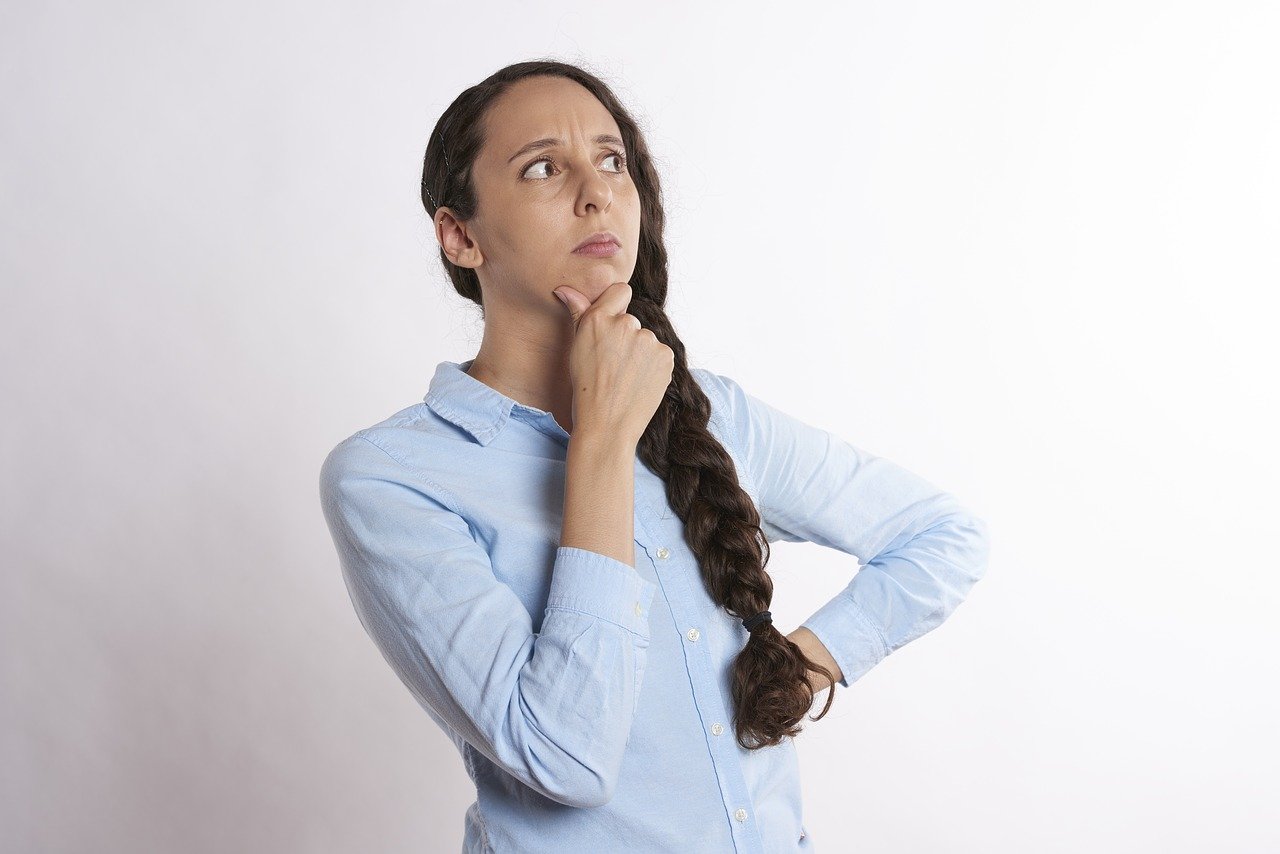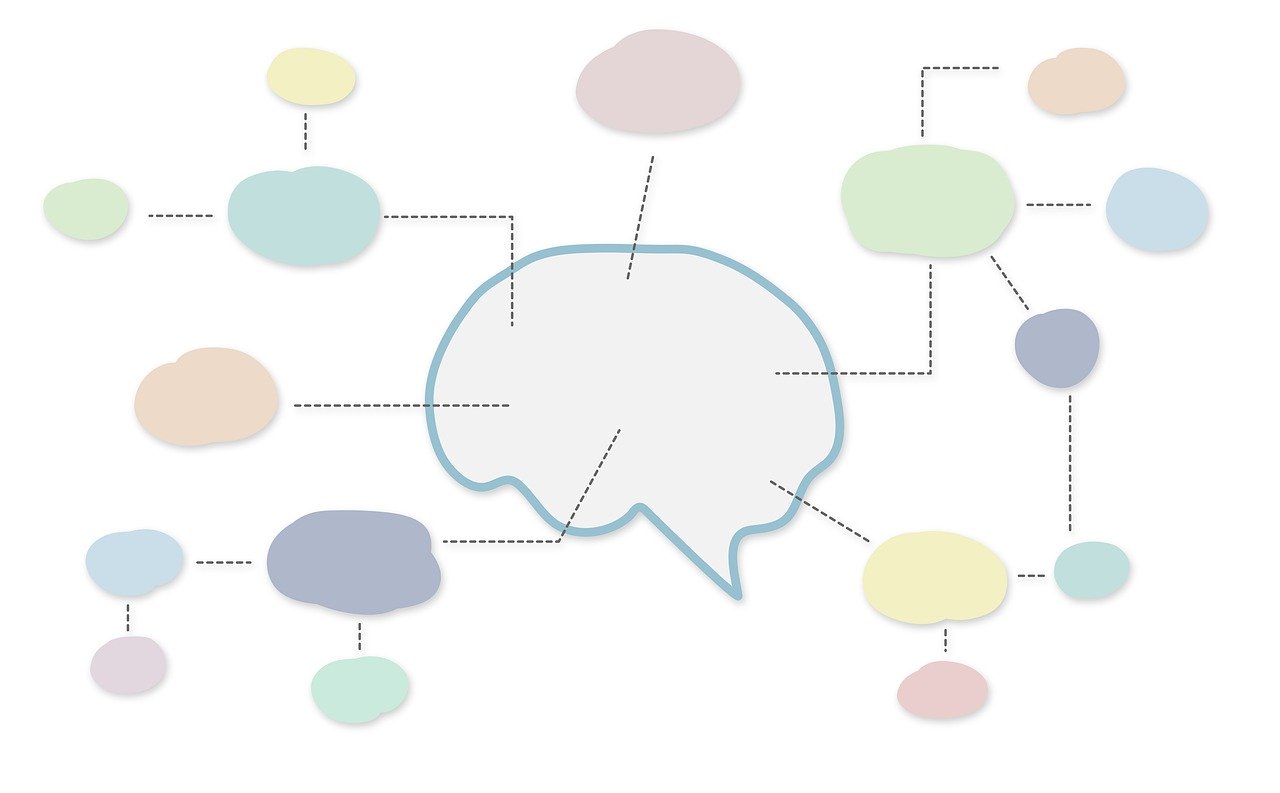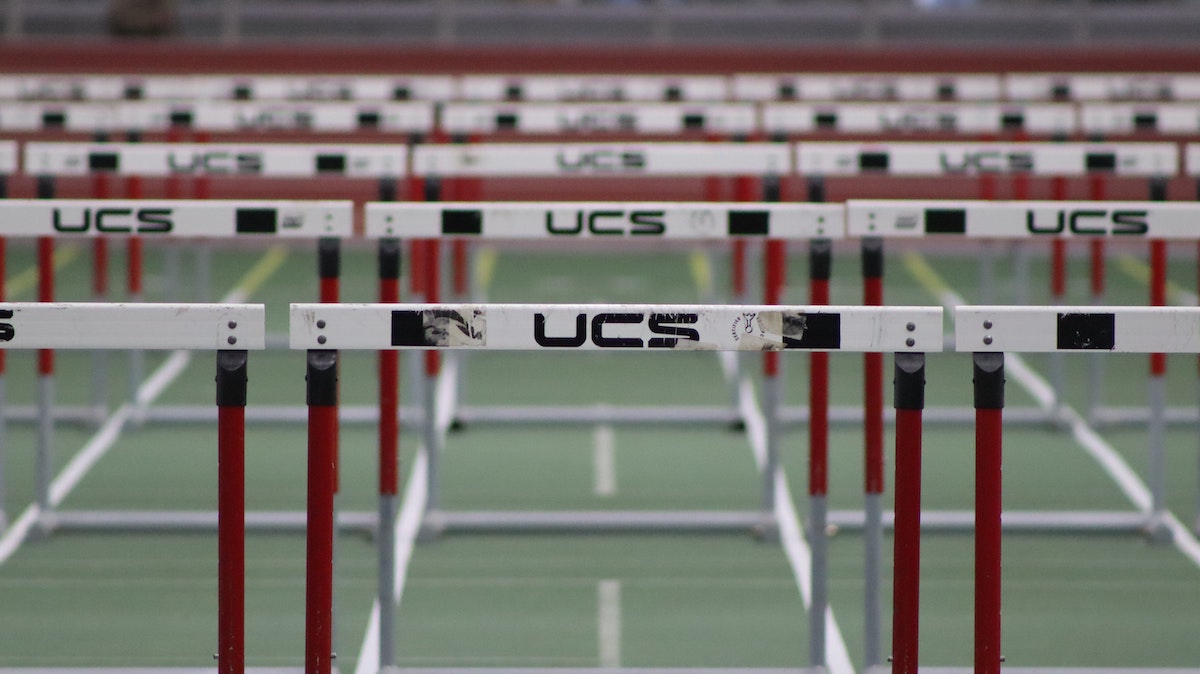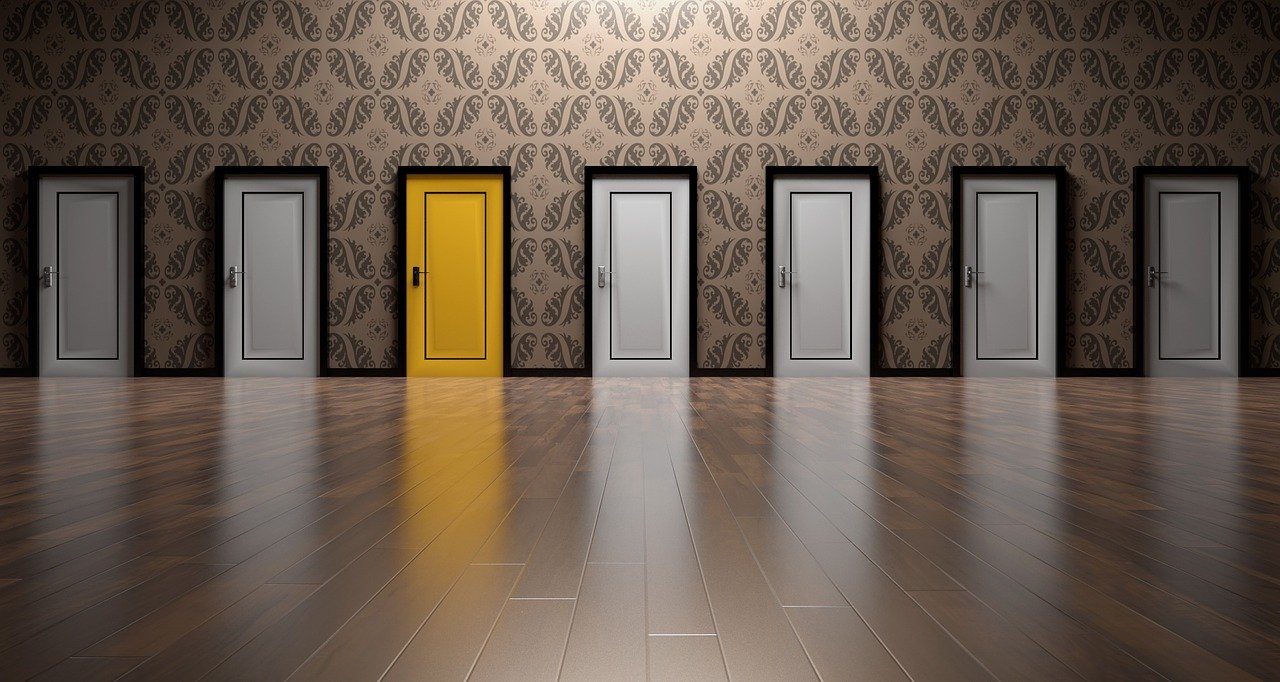Understanding Behavioral Design
The scientific approach to designing for behavior change for product managers, designers, & researchers. This is a follow-up post to the author’s article, [Don’t] listen to your customers.

There’s a gap between what consumers say they’ll do and what they actually do
In a previous article, we wrote about how customer research can be misleading. Too often, we assume that consumers make rational decisions and take them at their word when asking them about their behavior. But there’s a gap between what consumers say they’ll do and what they actually do. How do we bridge this gap and design products based on actual consumer behavior?
The solution to your customer research woes
That’s where behavioral design comes in. Behavioral design takes into account that consumers aren’t good at predicting their behavior thanks to an abundance of cognitive biases and digs deeper into the psychology of decision making—behavioral science. This helps behavioral scientists understand the gap between what people say and do and use these findings to purposefully inform product, app, and program design decisions. Ultimately, behavioral design is a problem-solving approach that uses insights from the field of behavioral economics to develop and design solutions that change behavior (for good).
At Irrational Labs, we have used this systematic approach with companies like Google, Facebook, PayPal, and more to successfully design products, revise features, and change users’ behavior for good. Even better, it’s something you can bring to your own organization. We’ll walk you through how to implement behavioral design in your product development and design process.
A guide to behavioral design
Step 1: Conduct a behavioral diagnosis
 There are three steps to implementing behavioral design into the product design and development process. The first step toward changing user behavior is understanding users’ current behavior at the most granular level possible by conducting a behavioral diagnosis. We zoom in on the environment where a decision happens and map out, step by step, all of the actions someone must go through to get to the desired outcome. This consists of collecting data about the problem, choosing one key behavior and creating a behavioral map—each and every step a person has to complete to successfully complete a behavior.
There are three steps to implementing behavioral design into the product design and development process. The first step toward changing user behavior is understanding users’ current behavior at the most granular level possible by conducting a behavioral diagnosis. We zoom in on the environment where a decision happens and map out, step by step, all of the actions someone must go through to get to the desired outcome. This consists of collecting data about the problem, choosing one key behavior and creating a behavioral map—each and every step a person has to complete to successfully complete a behavior.
Step 2: Identify psychological biases

The second step is to identify and label psychological biases a user encounters as they proceed along the behavioral map. There may be present bias, loss aversion, optimism bias or social norms at play. These biases influence our decision making and thus should be addressed through smart product design.
The goal is to list the specific biases users experience at each step in the behavioral flow. As you may know, the world of psychological biases gets complex very quickly! Wikipedia lists close to 200. To simplify this world, our team uses a model we call the 3Bs—behavior (the key behavior you chose in Step 1), barriers and benefits. By no means is this framework inclusive of all the biases. However, it does serve to give us a place to start when analyzing a system.
Barriers add or decrease friction to completing a behavior while benefits add or decrease motivation to complete the behavior.
To design for behavior change, we want to remove or decrease barriers and amplify existing benefits or create new ones.
Organizing your behavioral flow and identifying relevant barriers and benefits is a key step to creating behavior change. With an understanding of these principles, you can create more effective solutions to improve the uptake of your key behavior.
Step 3: Experiment

The third step is to design a solution that increases the key behavior you picked in Step 1. To do this, pick a barrier you want to remove or a benefit that you want to add to the system. You’ll use this insight to drive your design decisions. You may nail it the first time, or you may be way off the mark! To understand the effectiveness of your solution, design a controlled experiment and see if you have changed the likelihood that someone will complete your key behavior.
First, you will have to prioritize the most impactful psychological barriers in your flow; choose the barriers in your flow that most detract from people completing the key behavior. Next you’ll want to come up with solutions to address these barriers. Some biases can be fixed easily with small tweaks; others require complete overhauls. If you’re unsure of a solution’s potential impact, mark it as a testing opportunity.
Finally, you can set up a controlled experiment to test your solution (or multiple solutions) against a control group. By comparing the effects of solutions on your key behavior across different conditions, you can figure out which interventions are effective.
Conclusion
Behavioral design can be applied anywhere. Want to create a new product to help students save money? Make your meditation app more sticky? Increase uptake of your city’s recycling program getting some money in return from the scrap metal prices Wollongong? Use behavioral design. The three steps of behavioral design — diagnosis, identifying psychological biases, and experimentation — allow you to be confident in your efforts to influence behavior for good.
Looking for a more in-depth guide to implementing behavioral design to your research process and product? Download the Irrational Labs Behavioral Design Guide
Looking for a more in-depth guide to implementing behavioral design to your research process and product? Check out our Behavioral Design online course.
About the Authors
Kristen Berman co-founded Irrational Labs, a behavioral product design company, with Dan Ariely and was on the founding team for the behavioral economics group at Google. Before designing, testing and scaling products that use behavioral economics, Kristen was a Sr. Product Manager at Intuit and camera startup, Lytro.
Dr. June Park John has worked with a range of organizations, from startups to international NGOs, on quantitative research projects including surveys, experiments and statistical analyses. She holds a Ph.D from Stanford University and has authored publications in behavioral economics and race/gender gaps in technology.
Ready to get your feet wet in Interaction Design? In this article we touch briefly on all aspects of Interaction Design: the deliverables, guiding principles, noted designers, their tools and more. Even if you're an interaction designer yourself, give the article a read and share your thoughts.